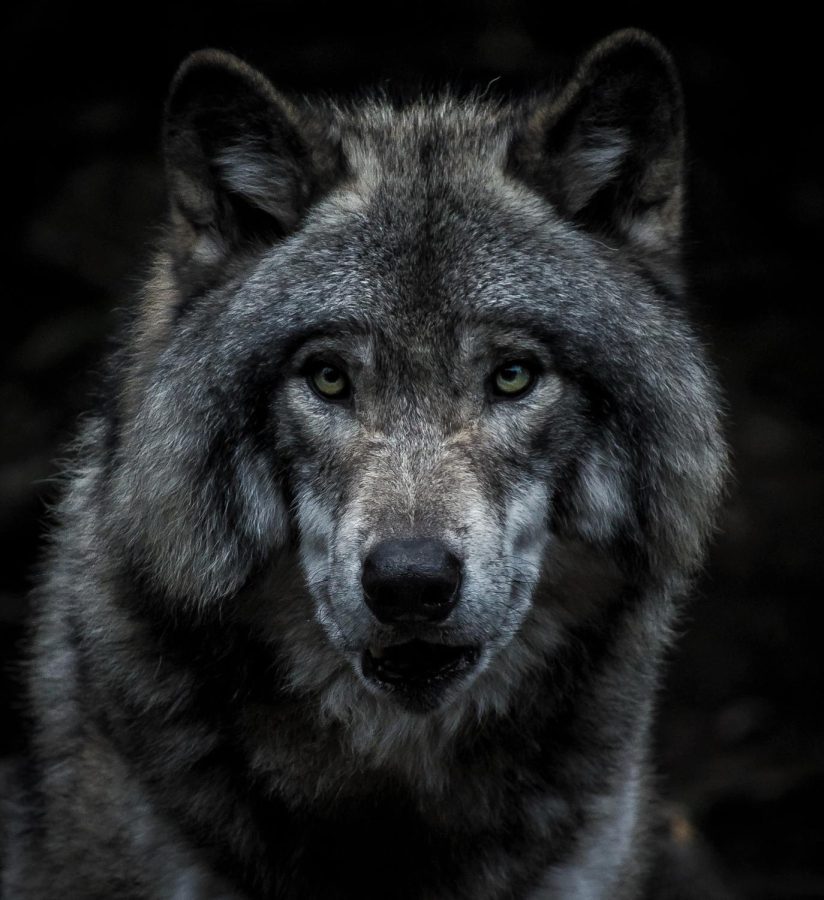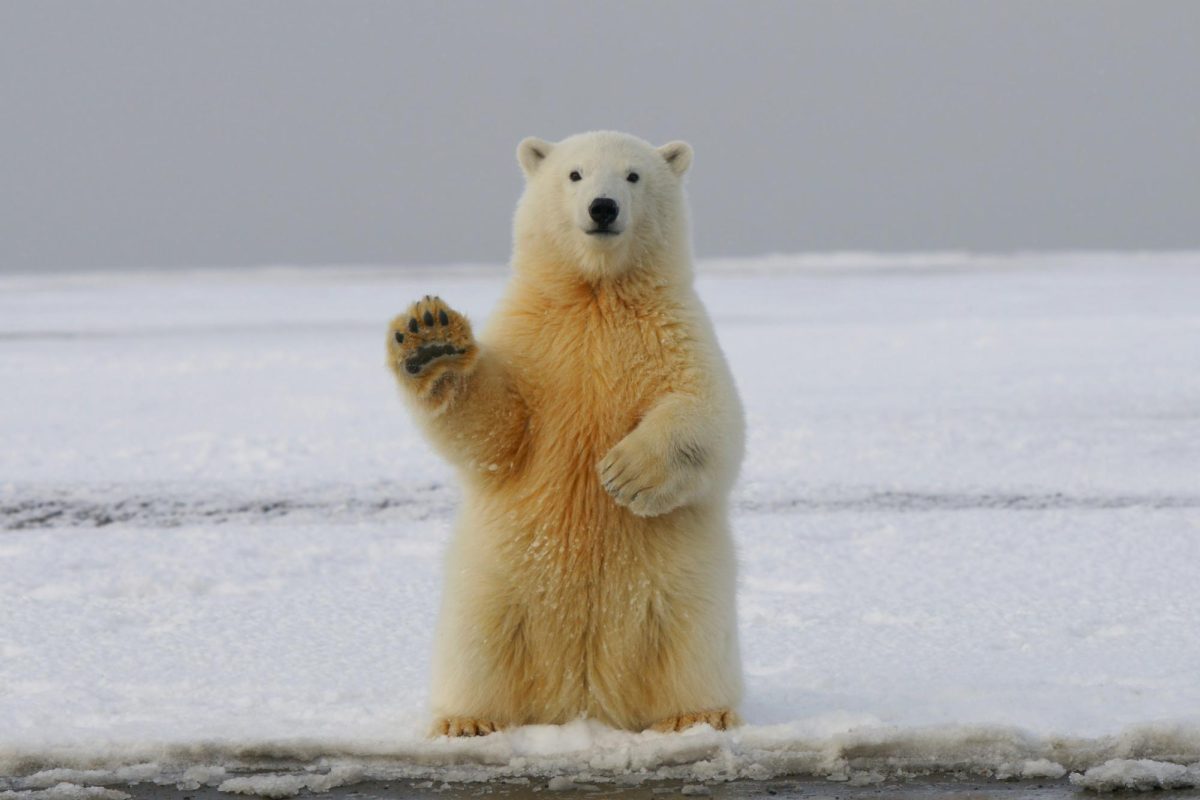Wolves in Wisconsin
March 24, 2022
Do you have a Labrador, Golden Retriever, Pointer, Beagle, or Foxhound? If you do, you probably know that they were bred as hunting dogs. Even though some are for hunting ducks, birds, rabbits, or deer, they all hunt.
Dog’s ancestors were wolves, the amazing animals seen at national parks and zoos. These wild animals also have a unique way of life from social life to survival. They share a habitat with many other species. Some hunters are hawks, eagles, coyotes, cougars, and bears, as well as humans. Wolves hunt and eat elk, mule deer, moose, beavers, rabbits, white tailed deer, and bison. Wolves may share a habitat with these animals but they truly live with their pack.
Wolves’ packs are their main social life, they eat, sleep, hunt, and live with them. The packs can range from two to eight wolves. The wolves team up to hunt and protect their young. The wolves are led by the alpha male and female, the breeding pair of the pack. The other wolves are usually siblings and children of the alphas. During their active hours the pack will hunt, mark territory, and patrol. Each packs’ territory can range from twenty-five to one hundred fifty square miles. These territories can be found in the US and Canada. The wolves’ range and population is now smaller due to humans taking land for houses, malls, and other things. Even though the population has grown much bigger from the 14 wolves in 1985. The wolf population is now bigger with 1,030-1,057 wolves in 2019-2020.
In 2021, to control the population the DNR of Wisconsin has taken wolves off the endangered species list and set up a hunting season. The DNR of Wisconsin says, “About 370 people could buy an application for $10 from March to August. The results from the application came out in October. The licenses cost $19 for residents and $251 for non-residents. According to the University of Wisconsin, “the hunters exceeded the quota of 119 wolves in a few days, and by the end of the hunting 218 wolves were killed by licensed hunters. In addition 100 died from hidden deaths.” The International Wolf Center has a list of some of these hidden deaths. “Starvation, territory fights, diseases, injuries from prey while hunting, poaching, and being hit by cars. Forty to Sixty percent of pups die each year and many don’t make it through their first winter.
“The population of wolves in Wisconsin is now between 27% to 33%.”, says the University of Wisconsin Between hidden deaths and hunting the population has skydived way down. According to the University of Wisconsin, Treves, a professor in the Nelson Institute for Environmental Studies and director of the Carnivore Coexistence Lab at the University of Wisconsin says, “Although the DNR is aiming for a stable population, we estimate the population is actually dropping significantly.” Even if singular people can’t save the population of wolves, lots of people boycotting hunting the wolves will make a difference.






